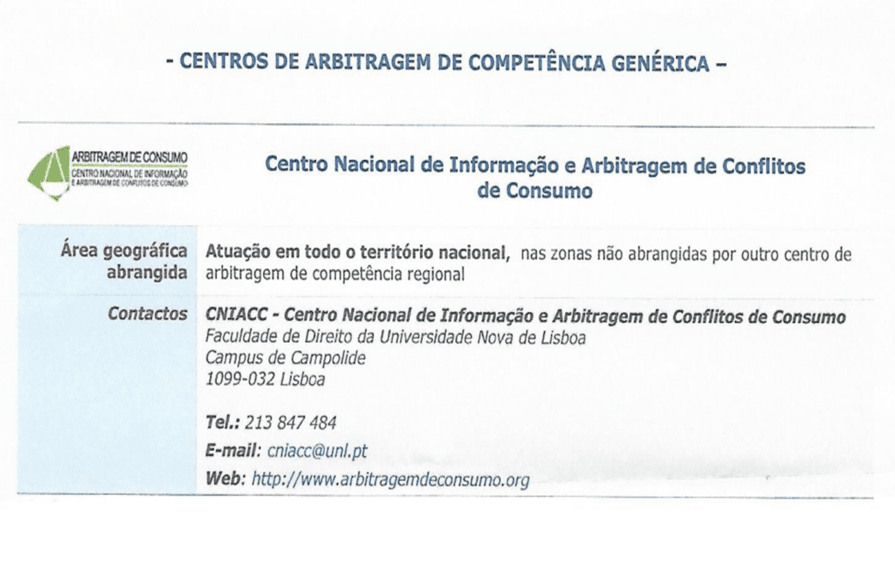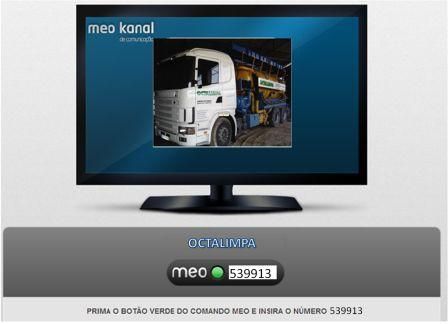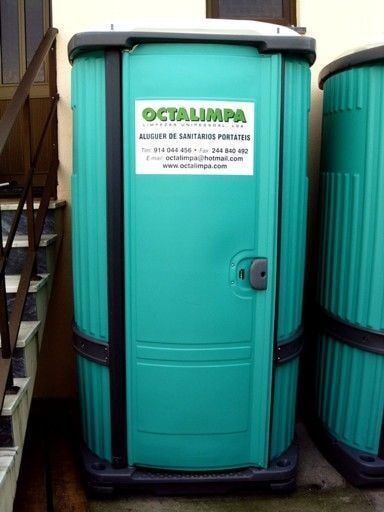About Us
Octalimpa, Lda. performs all kinds of cleaning services, Unblocking and Sewage Treatment, it also has a Portable WC rental and maintenance service for Construction, Parties, Yards, Parks, Fairs, Stands, Beaches.
We are at your entire disposal for more information and further clarifications.
By name Octavio Lucas Franco, owner of ID No. 8475446, with the taxpayer's individual No. 111402239, residing in Regueira de Pontes, as a representative of Octalimpa firm, Limpezas Unipessoal, Lda. with the NIPC 507187482 headquartered in Regueira de Pontes.
Click here to see our Portfolio

services
- Dumping of Septic tanks
- Aspiration Transport of Domestic Wastewater
- Cleaning Septic tanks
- Suction and Transport of Industrial Effluents
- Video inspection of collectors
- Sale of Products for Portable Toilets: Chemicals, Pads, Perfumed discs and others.
What we do
- Clearing and cleaning of domestic and fluvial collectors of any diameter
- Cleaning and unclogging of gutters
- Maintenance, cleaning and clearing of ETARs Organs
- Cleaning and inspection of fluvial networks and domestic sewage in residential areas
- Storage and cleaning of household and industrial septic tanks, sedimentation tanks, grease separators and hydrocarbons separators
- Forwarding their respective residue accompanied by tabbes Model A of the Ministry of Environment
Septic tanks
Septic tanks are primary care units of domestic sewage in which are made the separation and the physicochemical transformation of solid matter contained in the sewage. It is a simple and inexpensive way of disposal of wastewater indicated, especially for rural or isolated residences. However, treatment is not complete as in a Sewage Treatment Plant.
The raw sewage should be released in a tank or in a pit so that with the lowest flow of water, the solid can be deposited releasing the liquid part. Once this is done anaerobic bacteria act on the solid part of sewage decomposing it. This decomposition is important because it makes the residual sewage with a lower amount of organic matter because the tank removes about 40% of the biological oxygen demand and it can now be released back to nature, with less damage to the same.
Due to the possible presence of pathogenic organisms, the solid part must be removed through a clean-tanks truck and transported to a landfill in urban areas and buried in rural areas.
In a septic tank does not occur aerobic decomposition and only anaerobic decomposition occurs because of the almost complete absence of oxygen.
In the primary treatment of domestic sewage, particularly in rural areas, it can be used septic tanks which are units in which are made the separation and transformation of solid matter contained in the sewage.
Septic tanks are complementary and necessary structures to housing, being fundamental in fighting diseases, vermisoses and endemic diseases (such as cholera) because yhey reduces the release of human waste directly into rivers, lakes, springs or even on the soil surface. Its use is essential for the improvement of hygiene conditions of rural people and places not served by public sewage collection networks.
This type of tank consists of a buried tank, which receives waste water (wastes and served water) retains the solid and initiates a biological process of purification of the liquid part (effluent). But it is necessary that such effluents are filtered in the soil to complete the biological purification process and to eliminate the risk of contamination.
Septic tanks should not get too close to the housing (to avoid bad smells) or far (to avoid too long pipes). The recommended distance is about 4 meters.
They must be built on the side of the bathroom to avoid curves in plumbing. They should also be at a lower level of ground and away from wells, cisterns or any other source of water collection (at least thirty meters away), to prevent contamination in the event of leakage.
The size of the septic tank depends on the number of people in the housing. It is sized according to an average consumption of 200 liters of water per person per day. But its ability should never be less than one thousand liters.
By wikipedia











